Whether you’re traveling near or far, it’s always good to take stock of how you can care for whatever corner of the planet you’re living on right now and be more eco-friendly this year. Here’s some of our best tips for living a sustainable lifestyle and being an eco-friendly traveler.
If you’re traveling:
Travelling sustainably means traveling in a responsible way that minimizes your impact on the environment while also engaging in activities that do no harm to the local community and environment. To go one further, your travels should also help support local communities and cultures. What are some easy ways to be a green traveler? We’ve got some ideas:
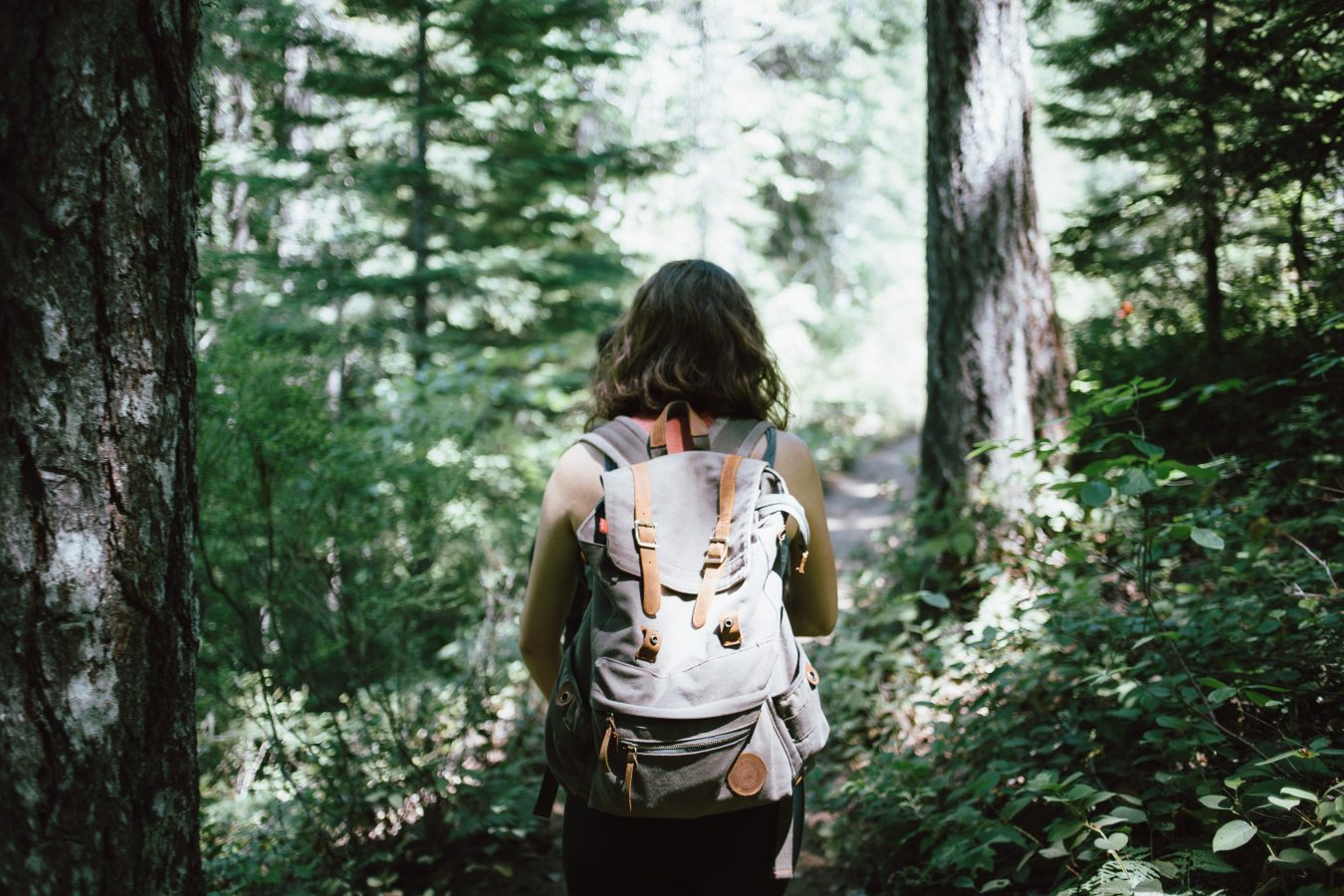
1. Fly carbon neutral.
It’s no secret that flying releases a lot of carbon into the air, which is not ideal. When you fly, you can reduce—or offset—your carbon footprint by purchasing carbon credits to support things like rainforest conservation, renewable energy and more. When you book with StudentUniverse, we’ll automatically calculate how many carbon credits you’d need to offset your carbon emissions from the flight and you can purchase them at the same time you book your flight. Flying a little greener? Even easier.
2. Opt for direct flights whenever possible.
Environmentally speaking, the worst part of a flight is the take-off and landing—so reducing the amount of times you do that while traveling can help you reduce your carbon footprint. Taking a direct flight is much better for the environment than having lots of layovers, so opt for direct flights when possible (plus, as an obvious bonus: no layovers!).
3. Travel slow (when possible).
Of course, if you’re on a short timeframe and want to see a lot of places, it makes sense to try to squeeze in as much as possible into a short trip, and that’s ok! But if you’re looking for ways to be a more sustainable traveler, traveling slower is a big one! Rather than hopping on 402483 planes, trains and buses and hitting a bunch of destinations without really taking any of them in, pick one or two spots to visit instead. That way, you’ll be able to really slow down, explore, and engage with the local culture and community. You’ll also be able to contribute more to the local communities you’re staying in, reduce your carbon footprint from transportation and you’ll likely come away feeling like you had a richer, deeper experience, too.
4. Travel to off-the-beaten-path destinations to avoid contributing to over-tourism when possible.
Yes, Venice, Paris and Barcelona might be on your bucket list (and they should be!), but as some areas struggle with over-tourism, visiting can strain the local economy and environment more than help support it. Visit very popular destinations during off-season to avoid contributing to peak season loads. And add some sustainable destinations to your list to invest in green travel and be a more eco-friendly traveler yourself! (Copenhagen, Costa Rica, the Maldives, New Zealand, Nova Scotia, Helsinki and more all made the list of most sustainable destinations… any of those places on your list?).
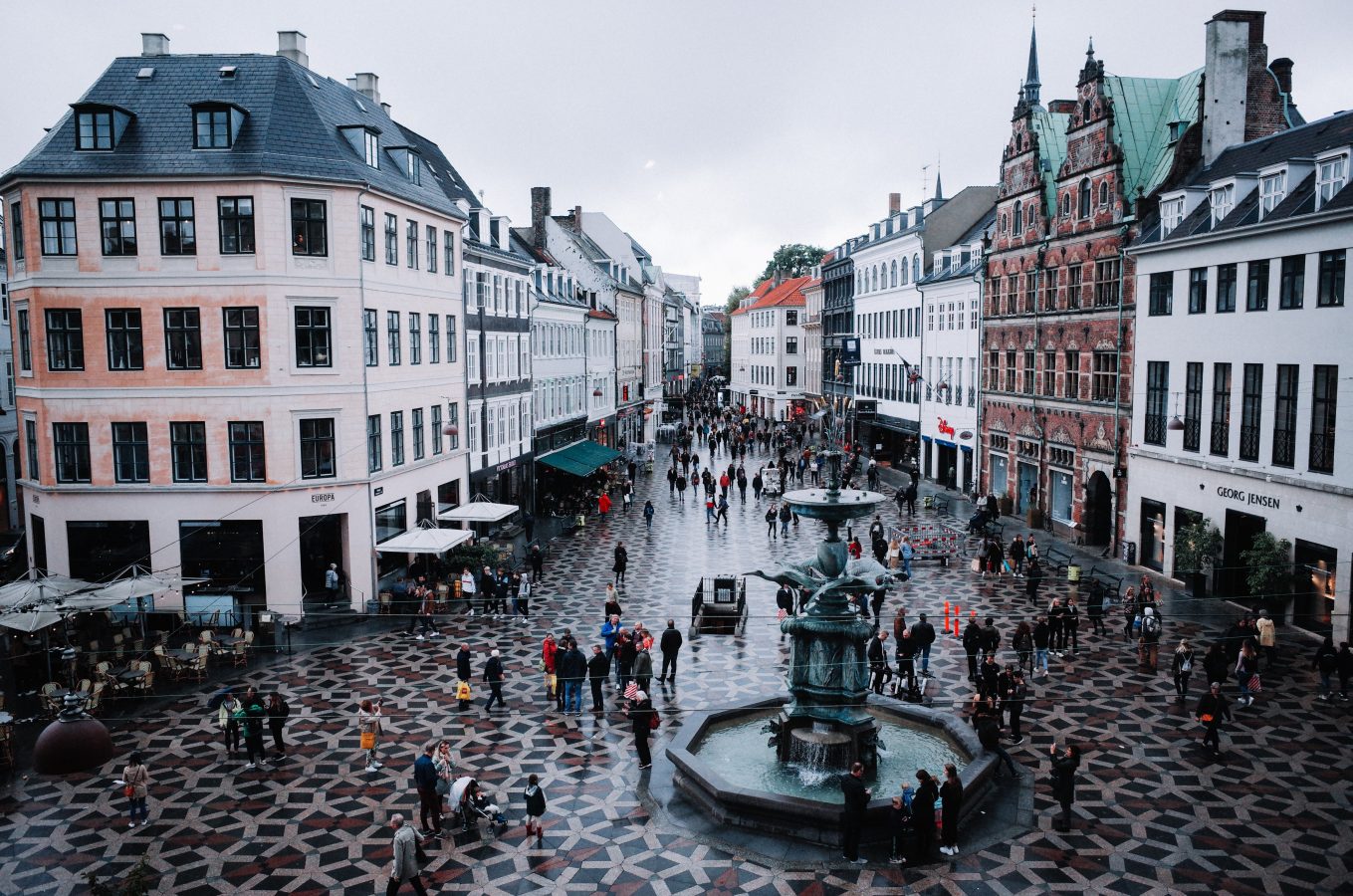
5. Bring reusable items with you.
One of the easiest ways to become a more eco-friendly traveler is to simply reduce your waste when traveling! The easiest way to do that is by swapping out some disposable travel items for reusable ones. Bring your own reusable water bottle, tote bags, travel utensils and so on instead of relying on single-use plastic versions. For more ideas, check out our favorite eco-friendly travel gear before your next trip.
6. Bring your own mini toiletries instead of purchasing/using single-use ones.
Along with the previous tip, cut back on your tiny toiletries! Those tiny toiletries are so cute and inviting, but they’re a huge waste, since they obviously run out quickly. Then, of course, all those tiny tubes and bottles are headed straight for the landfills. Instead of buying or relying on mini single-use toiletries, buy your own reusable travel-sized toiletries containers and fill them up with your own products before your trip.
7. Look for eco-friendly hotels.
Eco-friendly or green hotels are popping up more and more—and lots of them are truly dreamy to stay in! Green hotels have committed to sustainable practices (like being carbon-neutral, plastic-free, zero-waste or so on), often used sustainable materials and/or building practices in constructing their hotel, and may have eco-certifications to prove it. Even if they’re not eco-certified, the hotel’s website generally has a section about sustainability to let you know what sustainable practices they’re following to develop a green hotel. Of course, staying in green accommodation like wilderness huts, camping, house-swapping and so on are all good options too!

8. Invest in washable fabric masks.
Disposable masks have a lot of benefits—especially when double-masked with a cloth one!—but for daily use, cloth masks offer just as much protection when worn properly and are much more sustainable. At this point, there’s tons of companies offering reusable masks with a variety of fits, styles and sizes, so find one that works for you! And if you need to use disposable masks, make sure to, you know, actually dispose of them properly!
9. Reuse your towels instead of having housekeeping clean your room daily.
In most hotels, housekeeping will stop by your room daily and clean your room, wash and replace all your linens and towels, and so on. Obviously this uses a lot of water—and you probably don’t need all your sheets and towels washed daily anyways. There’s usually a sign you can hang on your door or another way to signal to housekeeping staff that you don’t need your towels and linens changed. Just look around your room or in your hotel’s info pamphlet to see how to signal this to the housekeeping staff.
10. Take public transportation when possible instead of renting a car.
Trains, buses, carshares, biking or just walking are all better options for the planet than driving! Besides, walking or biking around a new city can be a great way to discover things you might have missed otherwise. Many cities around the world have super cheap bike-share options so you can rent a bike for just a dollar or two. And of course, local subways and buses can get you around many cities on a budget too.

11. Avoid cruises.
In 2017, cruise ships around the European coastline released up to 10x the amount of sulphur dioxide as compared to 260 million cars! And that’s just around Europe! Cruise ships are big polluters and aren’t a very sustainable method of traveling because they also typically do little to support local communities and environments. So, while cruises can be super fun and an easy vacation, if you’re looking to find ways to travel sustainably, try to avoid cruises as much as possible.
12. Think twice before visiting an attraction involving wild animals.
Many places around the world offering activities that involve wild animals—camels, elephants, tigers, and so on—may use less-than-kind practices to tame the animals. If you want to have an experience with local wildlife, find out how you can do so without contributing to animal captivity or mistreatment—for example, going on a safari or visiting a wildlife sanctuary.
13. Engage with the local culture.
Supporting the local culture and community in a destination goes way beyond buying a local souvenir and posting a selfie in front of the nearest tourist attraction! Although of course you may want to grab that Insta pic in front of the Eiffel Tower, you can have a ton more fun (and travel more sustainably) by finding local activities and diving into the local culture.

14. Pack light.
The more luggage a plane has to carry, the more fuel they need, which means more pollution. Feel like your bag doesn’t make much of a difference? One bag may not, but if we all committed to packing lighter—bringing just one checked bag, or even packing in just a carry-on, over time, it can add up to make a difference! Bonus: no checked bag fees to worry about!
15. Shop local for souvenirs.
Buy your souvenirs from locally-owned shops instead of mass-market tourist shops. Local markets, small artists’ stands or shops or handcrafted items in local stores can be great places to find souvenirs. This is an easy and enjoyable way to put your traveling budget directly into the local community and be a sustainable traveler! Bonus: more connections with the local community and more unique souvenirs for you.
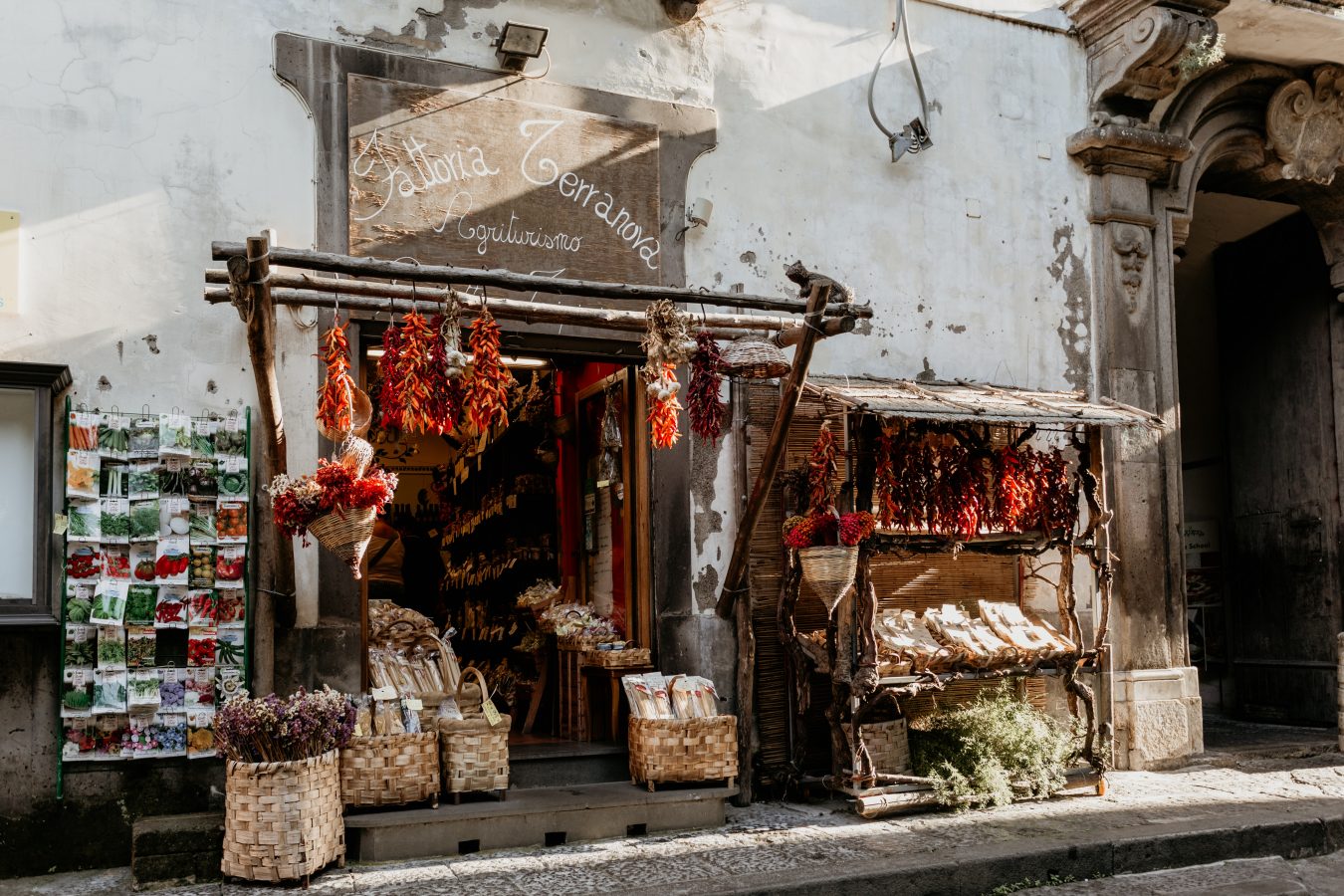
16. Eat local.
American restaurants abroad can be great when you’re CRAVING a cheeseburger, but they often require importing a lot of ingredients and don’t always help or support local communities or businesses. Try to eat local foods that are grown in the area and support locally-owned restaurants and cafes. You’ll get a more authentic experience while also supporting locals and helping care for the earth, too. It’s a win-win-win.

If you’re home:
Sustainable travel practices often start at home! Besides, as much as we may see why it’s important to protect beautiful destinations like Venice or New Zealand, it’s just as important to protect the beautiful place you call home.
17. Reduce your single-use items.
For starters, invest in a reusable water bottle (and actually use it!). Bonus: you’ll reduce the half-empty plastic water bottle graveyard from your car, too. If you’ve done that, there’s other reusable products you can buy to replace your single-use ones. Try reusable (and dishwasher-safe!) plastic bags instead of Ziplocs, reusable totes instead of paper or plastic grocery and shopping bags and plastic-free shampoo bars instead of shampoo bottles.
18. Shop in-person rather than online when you can.
When possible, shopping from in-person and locally-owned stores is better for the environment than buying online (and that’s not just because of shipping costs!). Shopping locally promotes small and local businesses and supports the economy in your own community—plus it’s easier on the planet to buy products and food that are made or grown locally.

19. Support your local farmer’s markets.
Looking for local produce? You don’t have to look any further than your local farmer’s markets! If you live in northern states—or anywhere with cold winters—farmer’s markets usually start in May or June and go through September (or sometimes even October). In warmer climates, they can start even earlier, or may even run year-round! Shopping at farmer’s markets supports local farms and gives you the freshest food possible. Organic farm stands are also a great way to shop local and buy sustainably grown and better-for-the-planet food.
20. Start composting your food scraps.
Composting may seem scary, but turning your food scraps into compost is an easy way to save food waste from landfills—and turn them into something that will help farms and gardens grow more food for the future! You can buy your own compost bins for your yard if you have space (and time) to let it break down. If you don’t, there’s plenty of composting services that’ll provide you with a bin to put out your compost once a week (like trash and recycling) and they’ll come pick it up and compost it for you. Most of these programs are available for a small fee, but many of them offer to deliver some free compost to you for your garden in the spring if you want!
21. Recycle (and avoid wish-cycling!).
Recycling is one of the easiest and most common ways to have a more sustainable lifestyle—and your home is probably already set up for it! Just be sure to avoid wish-cycling! What’s wish-cycling? It’s when you throw something in the recycling bin that you hope is recyclable—and then it ends up in a landfill anyways. Or worse: when the recycling is getting sorted, the whole batch gets rejected because of non-recyclable items! Yikes! If you’re not sure what can be recycled and what can’t, check out this handy guide to recycling, or contact your local recycling center for more information.
22. Turn off or unplug electronics when you’re not using them.
FYI: your electronics still use electricity when they’re plugged in, even if they’re in sleep mode or shut down! It’s not much, but unplugging things when you’re not using them (or switching off the extension cord they’re plugged into) can save a lot of electricity over time. Better for your bills and better for the planet: a win-win.
23. Go for a walk or a bike ride instead of driving somewhere.
Of course, it’s easiest to hop in the car and drive wherever you need to go, but if it’s a quick trip, consider walking or biking instead. Not only it is better for you, it’s definitely better for the planet. Besides, it’s a great way to enjoy a nice day and squeeze in a workout while you run to the store for some last-minute groceries or pick up your textbooks from the campus bookstore.

24. Buy fewer packaged foods.
Buying less packaged foods reduces waste—and, if you replace your packaged favorites with plant-based foods or homemade alternatives, it’s good for you, too! If you buy a lot of packaged items, you don’t have to completely cut them out—just look for ways to cut back. Pro-tip: a lot of pre-cut or pre-prepared fruits and vegetables come in packaging that can be easily eliminated. Just buy the whole, raw vegetable or fruit instead of the pre-sliced, packaged version.
25. Buy less.
In general, the best way to prevent waste and reduce your carbon footprint when it comes to fashion and other home products is to simply buy less! Of course, that’s easier said than done for any shopaholic (or any of us with Amazon Prime…). But curbing your impulse buys isn’t just good for the wallet—it’s good for the planet too! Buy things that are sustainably made or eco-friendly (like these great eco-friendly travel products) that will last you a long time and that you’ll actually use.
26. Thrift clothes and home goods instead of buying them new.
If you do need some new things—or just want to indulge in some good shopping therapy—hit up your nearest thrift store. Thrift stores can be great places to find gently-worn (or sometimes even brand new!) clothes, home goods, textbooks, kitchen tools and more. Not only will you save a TON of money, but you can also help keep items that are in good condition out of landfills!

27. Reduce your food waste.
In 2017, about 80 billion pounds of food was wasted in the US—that’s about 30% of the overall food supply in America! That’s crazy enough—but when you think about how much space in landfills this food takes up (heads up, it’s a LOT) and how much water, transportation, fuel and resources were used to grow and transport that food to you (only for it to end up in a landfill later), it makes sense why reducing our food waste can make a big impact.
Shopping in smaller, more frequent batches (so food has less time to go bad) can help you reduce your food waste. Meal-planning, making good use of leftovers, and buying only what you’re sure you can finish are all good ways to reduce food waste too. Additionally, check out apps like Too Good to Go for opportunities to save food from restaurants and local shops from the dumpster (and get super cheap meals and groceries!)
28. Volunteer for beach or community cleanups.
Give back to your community and help care for the planet by volunteering for a local beach or park cleanup. These cleanup days often happen in spring or early summer, and they’re a great way to meet new people and help get trash out of lakes and oceans and into trash bins. Not near any water? That doesn’t mean a cleanup can’t do your community good. Local forests, parks and trails often need tidying up too.
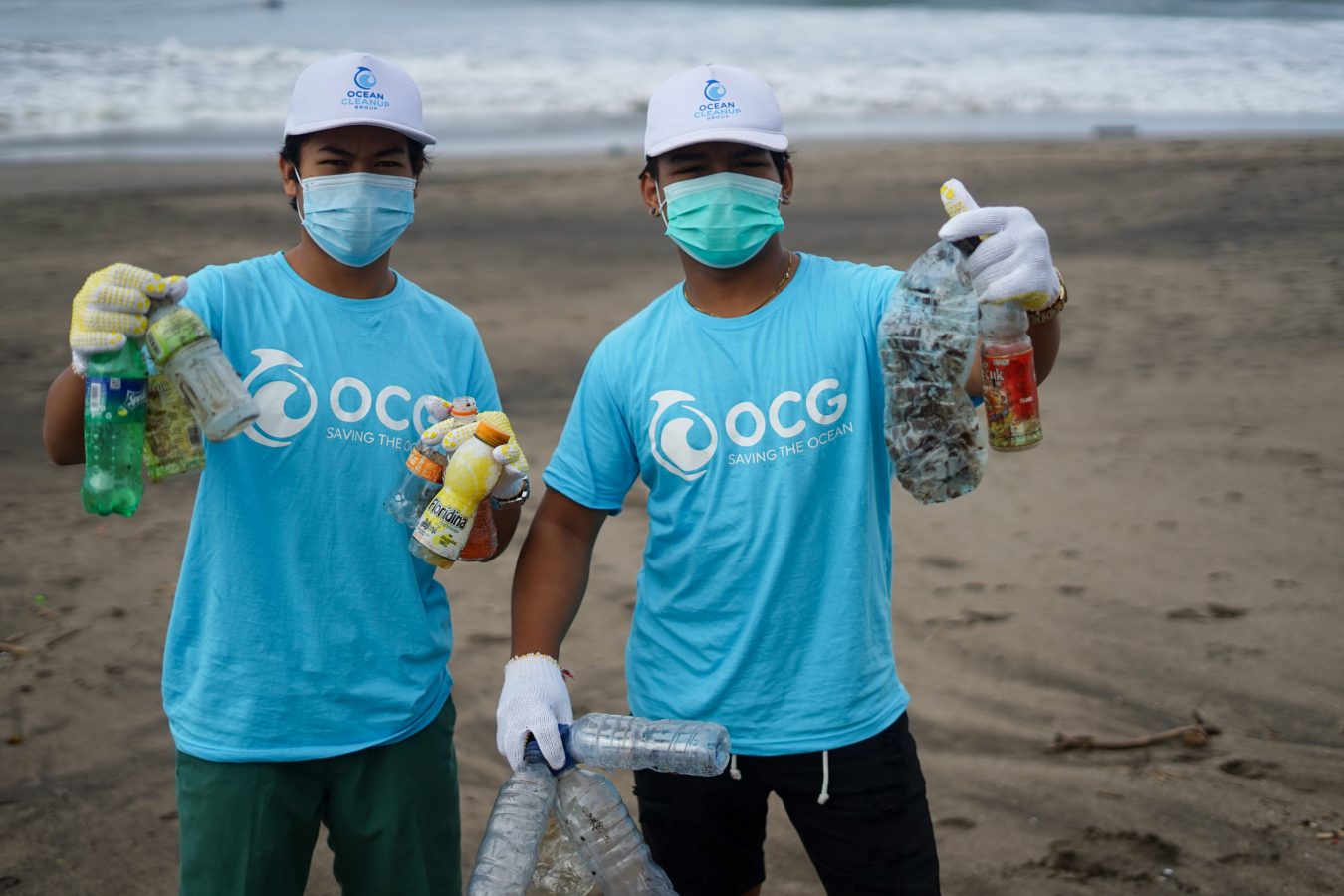
29. Repair your old stuff instead of buying new products.
If something’s broken, it’s tempting to throw it out and get a new one—but sometimes a repair is just as easy and helps reduce waste and trash in the landfills. Learning some basic skills like patching or mending tears in clothes, sewing on buttons or making simple fixes to your iPhone can extend the lifetime of your things.
No matter where you are:
30. Try a plant-based diet.
Over 25% of global greenhouse gas emissions come from food—and the majority of those are from animal products. Cutting back on your meat (and dairy) consumption doesn’t mean you have to go vegan overnight—or at all! Institute a “meatless Monday” rule for yourself is a great way to start, or try making one meatless meal a week. If you are buying fish or meat, make sure to look for sustainably-caught or raised options.

31. Take shorter showers—or take a bath.
Conserving water is a big way we can all reduce our carbon footprint and be more eco-friendly travelers, whether we’re traveling or at home. Try taking fewer showers if you can, or just cut down on your shower time. Even better? Take a bath! Many modern showers use more water to shower than running a bath, so if you’re looking for an excuse to have a long bath this weekend, you’re welcome.
32. Look for locally-grown food and produce when possible.
Whether you’re traveling or cooking at home, buying and eating locally-grown food and produce is a great way to be a green traveler. Local markets, street food, small cafes and farm-to-table restaurants are all great places to find locally-grown food, no matter where in the world you are. And of course, asking locals for recommendations when you’re traveling is a great way to find new local foods to try too!
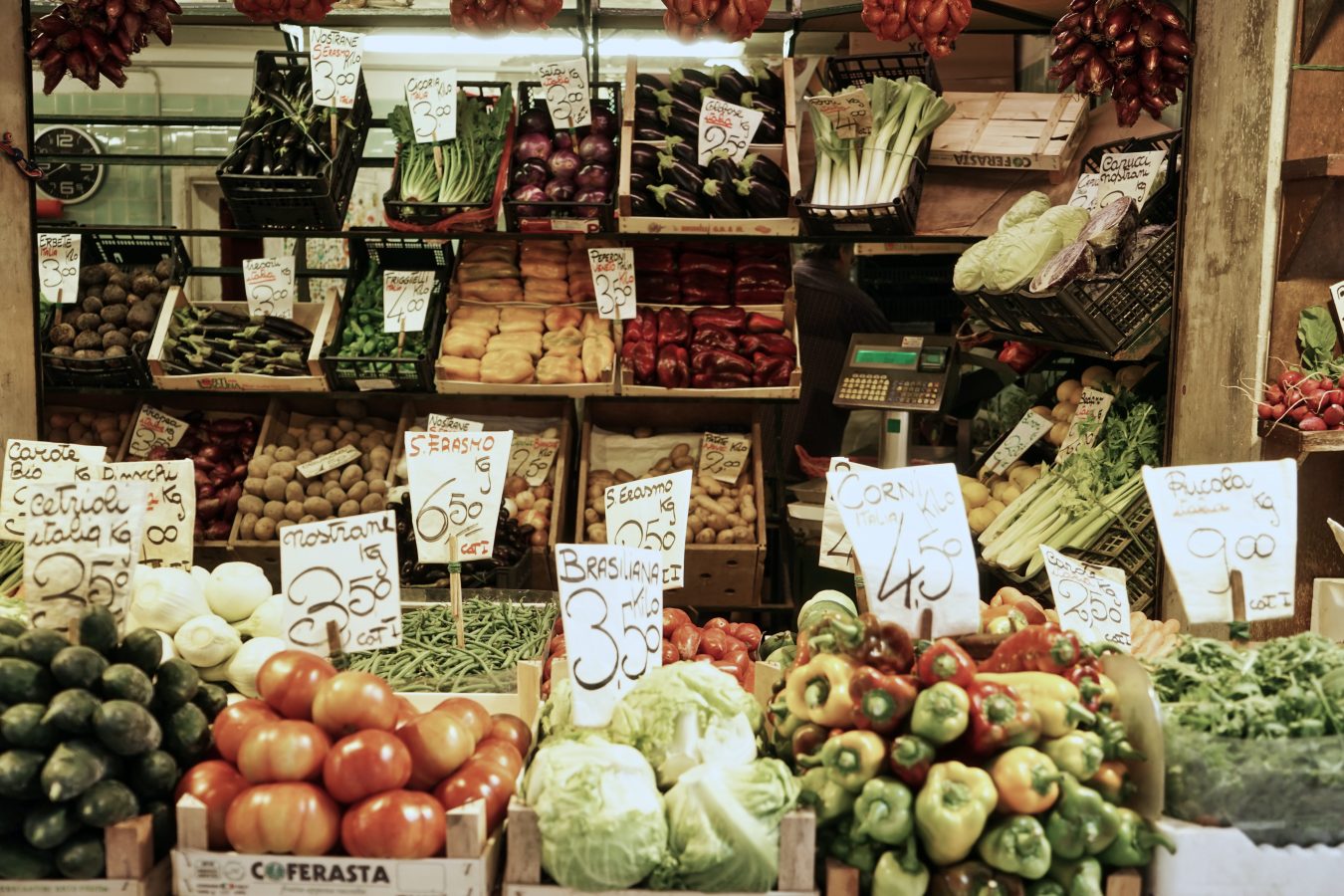
33. Line-dry your clothes.
Line-drying your clothes saves energy, which is always a win if you want to be a more sustainable traveler. It’s also an easy switch to make when you’re at home, too! With summer months bringing warmer weather, hang your clothes and linens outside to dry in the sun, or invest in an indoor drying rack to hang your clothes on. Bonus: line-drying your clothes is good for your clothes, too. It’s easier on the fabrics, so it’s a great way to extend the lifetime of your favorite pieces.
34. Follow leave no trace principles.
At the beach, while hiking or in any natural area, make sure to respect the environment and abide by leave no trace principles. Pack out anything you brought in, don’t leave behind any trash or litter (keep an eye on the wind at the beach so your trash doesn’t fly away from you!), stay on the trails, and so on. As the name suggests, the key is to, well, leave no trace and leave nature exactly as you found it.

35. Carpool or take public transit when possible instead of driving by yourself.
It may not be the most convenient option, but taking public transit creates much less pollution than commuting by yourself. If your city doesn’t have a good bus, train or subway system—or it’s not accessible to you—see if you can find a coworker, friend or another student to carpool with. Even if you can make the switch one or two days a week, you’ll be able to cut back on your carbon footprint and pollution!
36. Use reef-safe sunscreen.
“But there’s no reefs where I’m swimming, so I can use any sunscreen I want, right?!” You don’t have to be in the Caribbean to make the switch to a reef-safe sunscreen! If you’re hopping in any natural water source—a river, lake, ocean, etc.—reef-safe sunscreen is the best way to protect fragile ecosystems that you may not even be able to see.

37. Eat in rather than getting take out.
In general, eating in cafes produces less waste since they don’t have to package up your food or coffee in disposable containers. If you do get takeout, there’s ways to make it more eco-friendly. Check with your local coffee shop if they’ll make your coffee in a reusable thermos (some coffee shops even give discounts if you bring your own mug!). Save your plastic takeout containers to use for leftovers at home—or for starting container gardens or organizing your pantry or art supplies.
Which of these things are you going to try to be a green traveler? Start your sustainable travel journey by checking out these eco-friendly travel gear staples you need before your next trip.


